
Tap to Read ➤
Get to Know About Foot Reflexology
Rita Putatunda


Foot reflexology is a therapy, wherein pressure is applied on various points of the foot with the thumb or fingers. This is said to relieve pain from the corresponding parts of the body.

Foot reflexology is a system of therapeutic healing, wherein the thumb or fingers are used to apply pressure at certain points on the feet. It is based on the idea that there are points on the feet, also referred to as zones, that can be manipulated by applying pressure, which results in relieving ailments. It also helps in improving the blood and lymph circulation in the body. It is relaxing and provides a feeling of rejuvenation and good health.
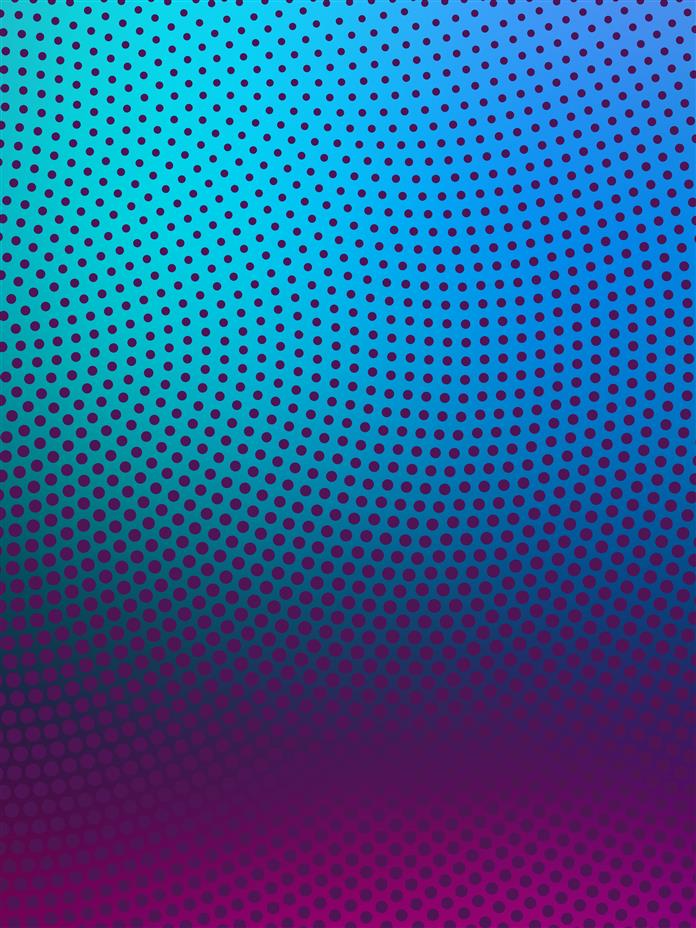
Origin
This concept is not new, having been practiced in ancient cultures like India, Egypt, and China since ages. It was the ENT specialist, Dr. William H. Fitzgerald, who was the first one to introduce it in the United States, in 1915, as 'zone therapy'.

His theory was that, certain parts of the feet were related to organs and other areas of the body, and when pressure was applied on them, energy pathways were created, thus bringing about healing in the corresponding parts of the body.

In the 1930s, Dr. Eunice Ingram, an American physiotherapist, developed the 'zone theory' in reflexology further, by developing the techniques as well as mapping the foot with the various points and their corresponding body parts, thus creating the modern system of reflexology.

Nowadays, it has become a sought-after type of therapy, because it is non-invasive, natural, provides a number of benefits, and is deeply relaxing.
Methodology


There are various so-called reflex points on the feet and hands that correlate with various glands, organs, and other parts of the body. For instance, the head is reflected on the tips of the toes, the ball of the foot corresponds with the chest and heart, the heel corresponds with the intestines and lower back etc.

When pressure is applied with fingers on these points of the foot, it results in relaxation and relief of the symptoms felt in the corresponding gland, organ, or part of the body.
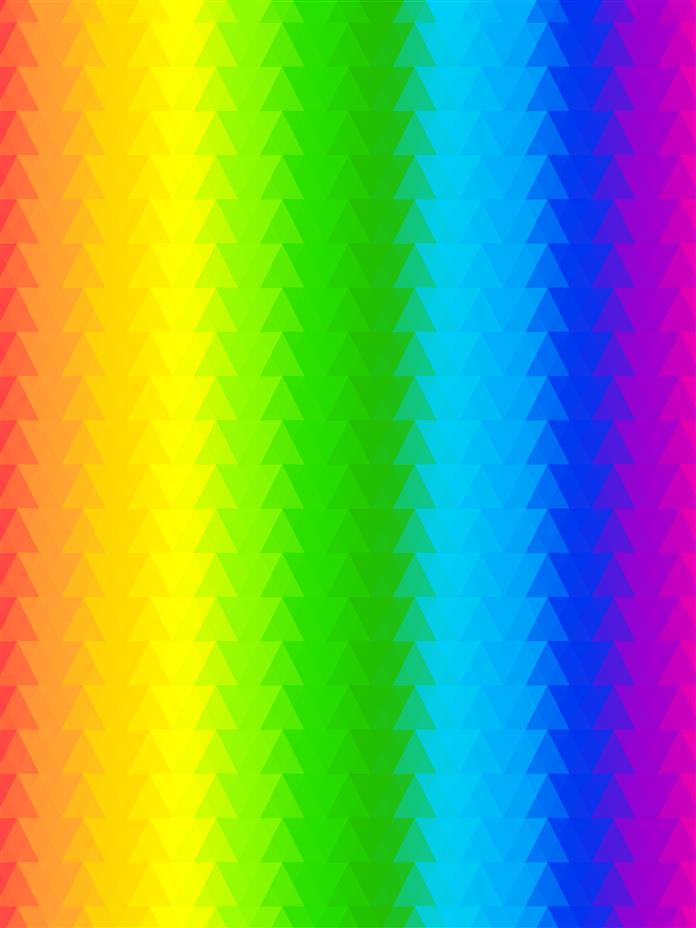
It is believed that Reflexology works by working the nerve endings where pressure is applied. There are about 7500 nerve endings on each foot, which send signals to the brain. Plus, there are about 800 meters of lymph, nerves, and blood vessels, 3 arches, 50 ligaments, 19 muscles, and 26 bones - all of which are worked during a session can relieve the accumulated stress. Medical science accepts the fact that many of the diseases and ailments that afflict us today are related to stress.
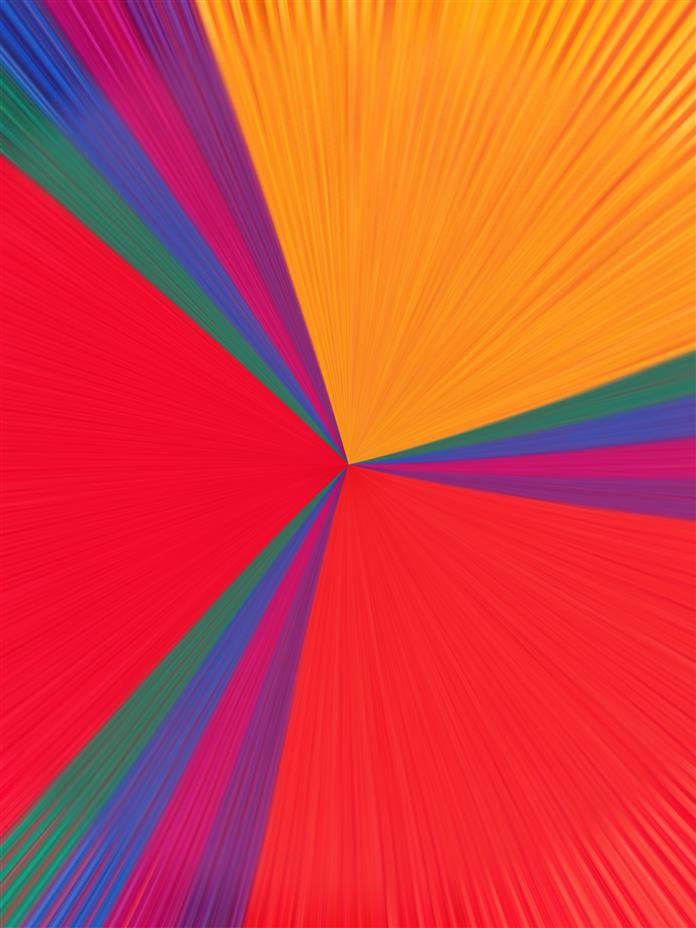
Many people are under the misconception that foot reflexology is a massage; however, it is quite different. A massage is more superficial, working the soft tissue, skin, and muscles, while the reflexology technique works deeply on the nerve endings. It is thought that the pressure that is applied may activate signals, which results in releasing neurochemicals like endorphins, which help in reducing stress and pain by balancing the nervous system.
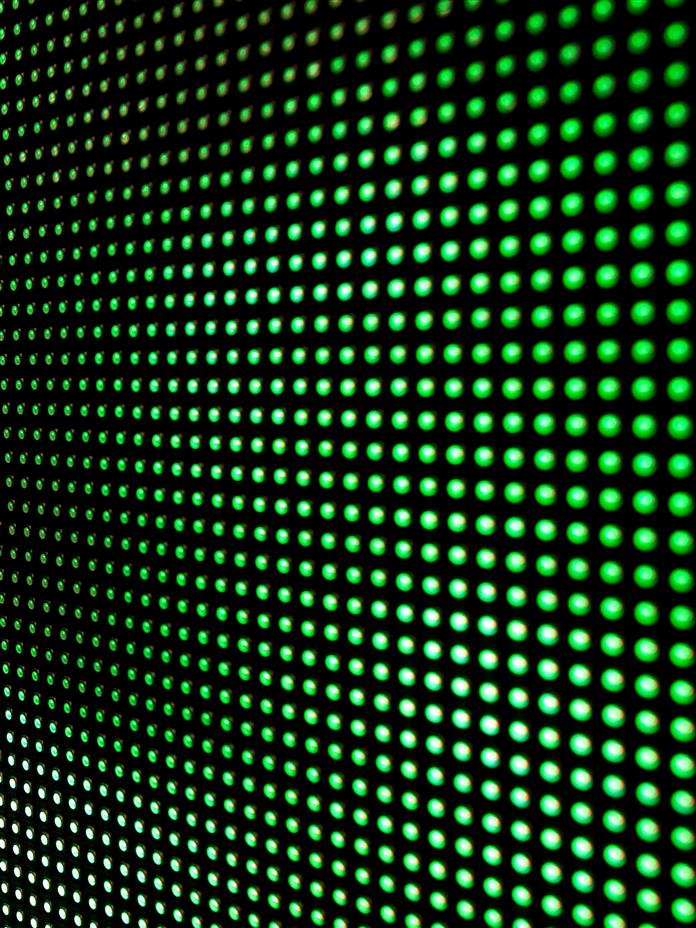
Benefits
▣ This therapy has been found to be effective in relieving stress as well as stress-related problems, including:
- Back pain
- Digestive disorders, like constipation
- Menstrual problems, like PMS
- Injuries caused due to sports
- Hormonal imbalances
- Insomnia
- Arthritis
- Headaches
- Back pain
- Digestive disorders, like constipation
- Menstrual problems, like PMS
- Injuries caused due to sports
- Hormonal imbalances
- Insomnia
- Arthritis
- Headaches
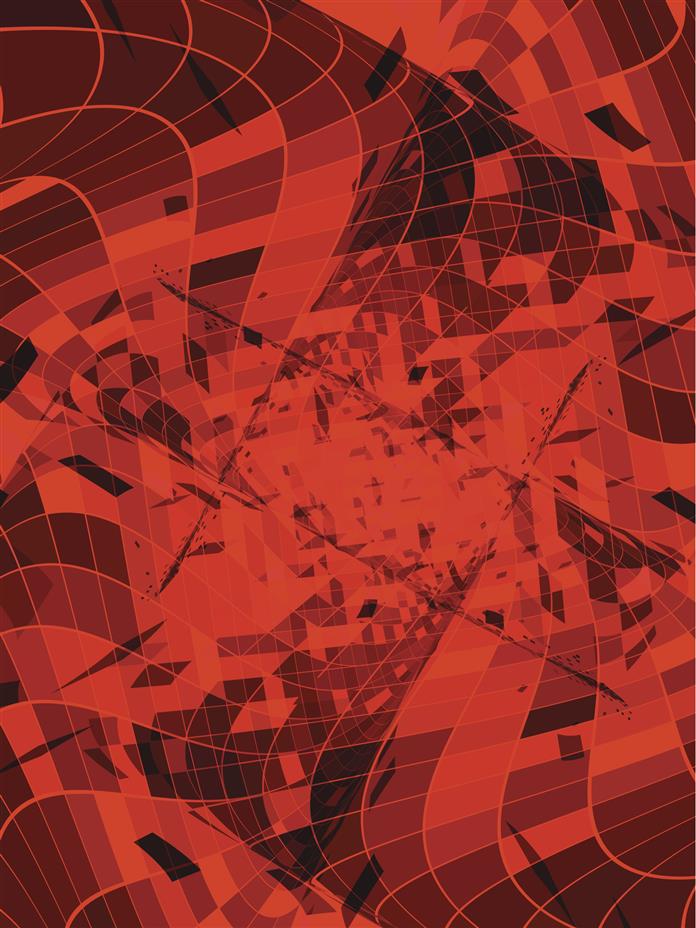
▣ Reflexology also induces relaxation, alleviates pain, improves circulation, relieves tired feet, and promotes overall well-being.
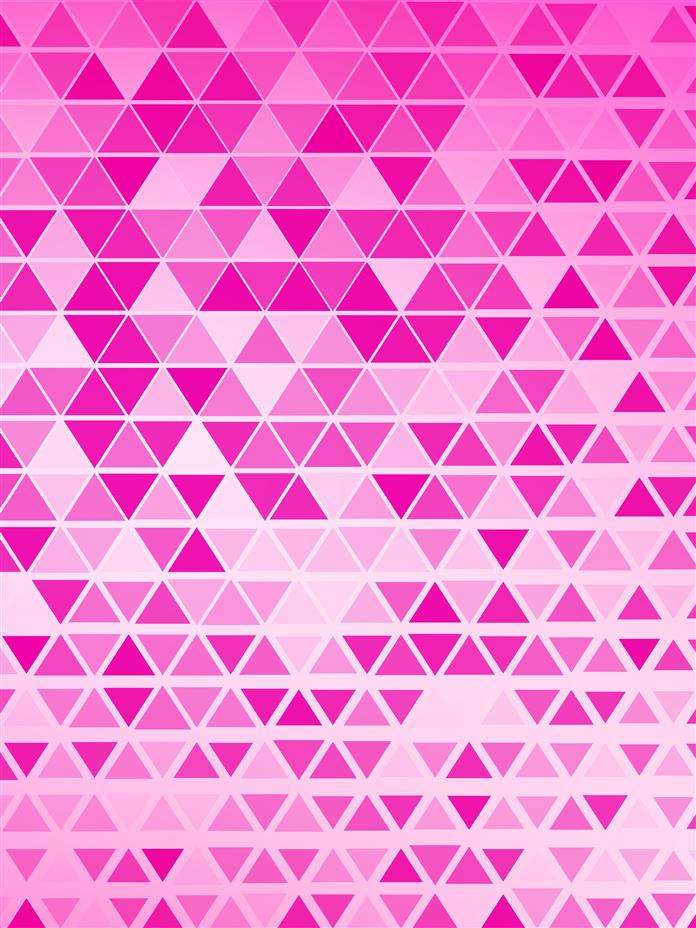
▣ Reflexology is also used for palliative care after an operation.
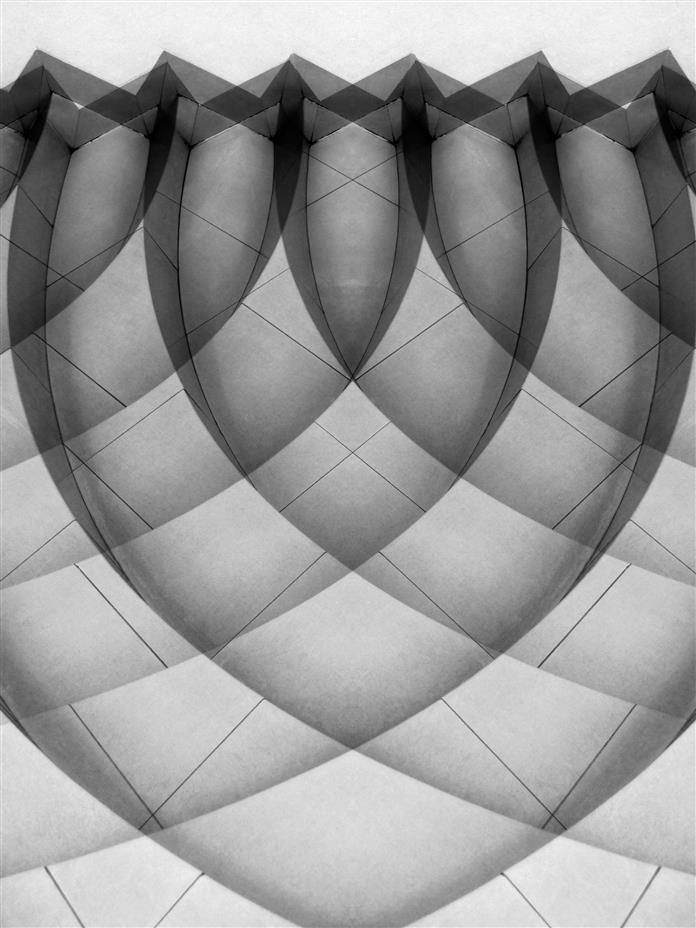
According to a study, it has been found that Reflexology is used as a complementary therapy by one-third of patients afflicted with cancer. However, it is advised as a complementary method of healing, and should not be used instead of medical treatment.
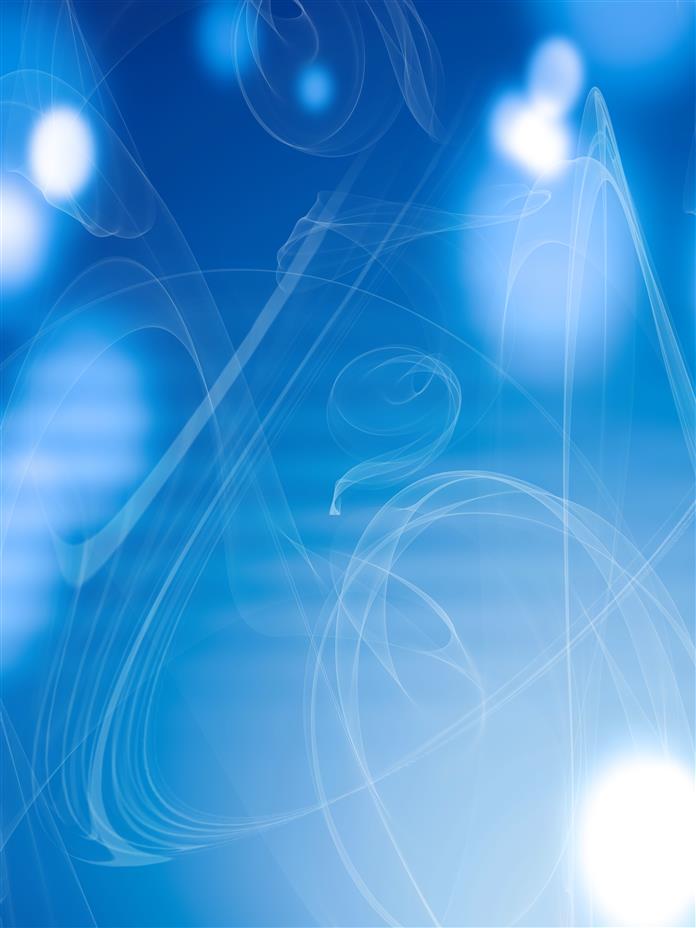
Disclaimer: This story is for informative purposes only, and should not be used as a replacement for expert medical advice.